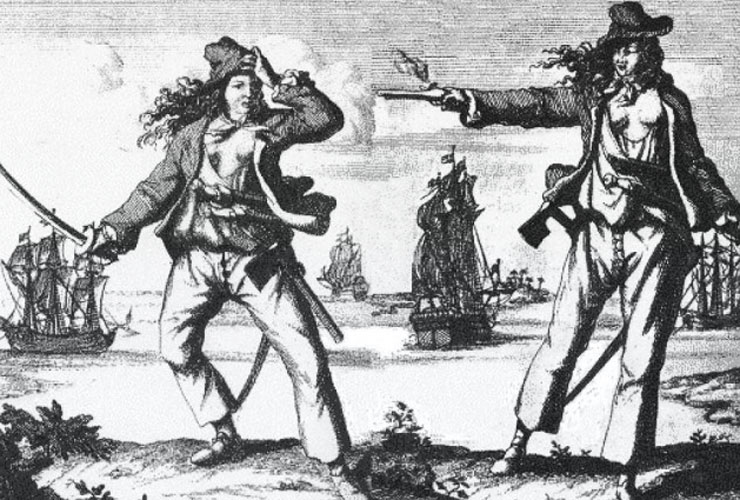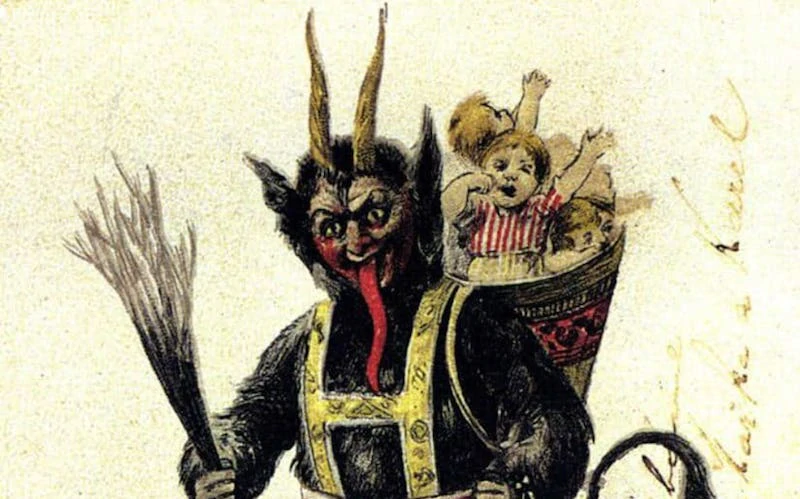Last updated on July 22nd, 2022 at 07:25 pm
The sixteenth century was when Europe made a huge transition from the medieval past towards a world that was noticeably more modern. Having arrived in the Americas in the 1490s, Spanish, Portuguese, English, and French colonists began attempting to settle various regions from Newfoundland south to Argentina.
The roots of a proto-industrial, capitalist economy started to emerge in cities like London, Amsterdam, and Antwerp. Most significantly centralized, bureaucratic states began to replace the world of medieval lords and knights.
Often that meant the subjugation of older societies and cultures by new Renaissance ones, such as in Ireland, where dozens of independent Gaelic lordships that had held sway in their localities for centuries were conquered by the English state during the sixteenth century.
This is the strange story of Grace O’Malley, the ruler of one of these Irish lordships, and her efforts to resist the expansion of English rule in the west of the country.

16th Century Ireland
Ireland during the sixteenth century was divided into different entities. In the east and south of the country, the English crown ruled Dublin and a large part of the provinces of Leinster and Munster. The remainder of the island was controlled by approximately three dozen different independent Irish lordships such as the O’Neills of Ulster and the MacCarthys of Munster.
Two Gaelicised groups called the MacWilliam Burkes, and the Clanricard Burkes were the foremost powers in Connacht, but others were also influential.
On the western seaboard of Connacht, the O’Malleys of Mayo and the O’Flahertys of Galway were particularly influential as they controlled the coastline and the many islands there and had substantial fleets which traversed the western coast of Ireland. But all was not well.
Beginning in the 1530s, the English crown had begun investing ever greater amounts of men and money into Ireland to conquer and colonize the independent Irish lordships. Thus, Grace O’Malley’s life, whose birthday is unclear but which began sometime in the 1530s, was lived through what is known as the Tudor Conquest of Ireland.
The Life Grace O’Malley, The Pirate Queen
Grace or Gráinne O’Malley was the only daughter of Eoghan O’Malley, the lord of the O’Malley lordship. She was a spirited child. Legend holds that in her youth, her father had been planning to embark on a voyage to Spain, with which Irish coastal lords like the O’Malleys had extensive trade and military connections, and Grace asked to be taken along.
Her father refused, claiming a military ship was no place for a woman, to which Grace responded by cutting her hair short and demanding to accompany the crew to Iberia. This earned her the name ‘Gráinne Mhaol’, meaning ‘Grace the Bald’, which has been shortened to Granuaile, the name she is often referred to as.
Grace married Richard An Iarainn Burke in 1566, one of the most powerful lords of Connacht. This was just as English efforts to bring Connacht under greater crown control were intensifying with a new provincial government established in the city of Galway in 1569. O’Malley would be at the forefront of efforts to withstand these encroachments.
With her husband acting as one of the leaders of the resistance on land, O’Malley oversaw naval activities off the western seaboard during the numerous rebellions against the crown rule which broke out in Connacht over the years that followed.
By the 1570s, she was effectively the ruler of the O’Malley lordship, a curious development in a time and place where it was almost unheard of for women to directly rule the Irish lordships. However, they did exercise considerable power behind the scenes.
As ruler of the O’Malleys, her galleys traversed the eastern edges of the Atlantic Ocean off the coast of Ireland, plundering English shipping and engaging in acts of warfare and piracy. Even English commanders respected her. In the mid-1570s, Sir Henry Sidney, the governor of Ireland, met her in Galway in 1576 and remarked, “she was as well by sea as by land more than a master’s mate.”
Grace was not simply the head of the O’Malleys and someone capable of waging war against the crown government. She was also a shrewd politician. When a major rebellion broke out in Munster in 1579 and spread to other parts of the country, she refrained from becoming involved, seeing that it would prove unsuccessful in the long run and would damage the O’Malley interest if they became involved.
She proved correct. When large taxes were imposed on the lordship some years later by the English administration in Galway, she invited the local tax collector to one of her castles and entertained him lavishly. Then, when he was drunk, she bribed him with a few hundred cows and sent him on his way, saving an enormous amount of money on what she would have paid had she simply paid the taxes asked of her, rather than bribing the official.
Sir Richard Bingham Conquers Ireland
But ultimately, the O’Malley lordship, just like all the other Irish lordships, was doomed. In the mid-1580s, a new provincial governor, the autocratic Sir Richard Bingham, was appointed as the crown’s senior official in Connacht.
He immediately set out to break the power of the Irish lordships, and by 1586 there was a widespread war across the province between a coalition of the Irish lords and the English provincial administration. Grace was arrested and kept prisoner for a time during this conflict, and one of her sons, Murchadh, was killed as well.
Undaunted, when her release was obtained in a prisoner swap shortly afterward, she continued the fight, leading her fleet as far north as Ulster and the Outer Isles of Scotland to obtain Scottish mercenaries to fight on the side of the Irish in Connacht.
By the early 1590s though, the situation was becoming more desperate, as Bingham’s administration now had Grace’s other son, Tibbott, held hostage and was considering executing him too. It was at this juncture that Grace headed to London to petition Queen Elizabeth I for the release of her son on the basis that Bingham’s actions in Connacht were excessive.
Evidently, Elizabeth, who was roughly the same age as Grace, saw in her a fellow spirit, a female ruler in a world dominated by men, and not only sent orders that Grace’s son was to be released but that an investigation should be opened into the conduct of Bingham and his officials in Connacht.
Ultimately this investigation would never lead anywhere. In 1594 a massive war broke out between the crown and the lords of Ulster, and this gradually spread countrywide in the years that followed.
As these events unfolded, Grace had to make the decision that every ruler in Ireland had, whether to join the revolt or side with the crown. Perhaps because she met with Elizabeth years earlier or just shrewd political analysis, Grace opted to side with the crown.
It was a wise decision. When she died in 1603 at Rockfleet Castle in Mayo, the war was just drawing to a conclusion, with the English having triumphed after deploying an army of over 17,000 men in the country.
Though she would not live to see it, the crown rewarded the O’Malleys’ political loyalty when her son Tibbott was given a knighthood shortly after the war. He would later sit in the Dublin parliament and, shortly before his death in 1629, was elevated to the peerage as the Viscount Mayo. Thus, the Pirate Queen’s son adapted, like his mother often had, to changing circumstances to survive the brutal conquest and colonization of Ireland.

